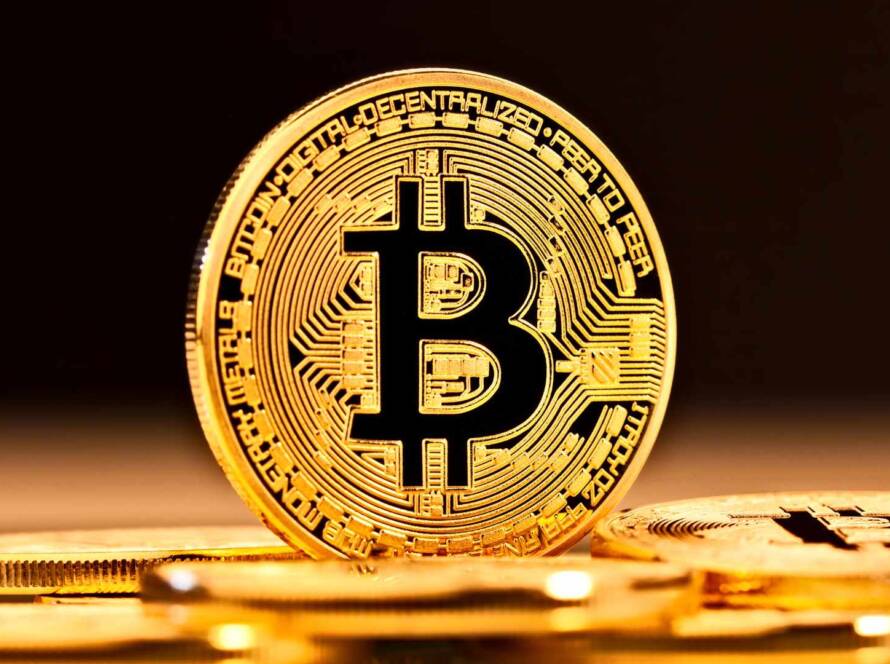Bitcoin Ordinals, the so-called ‘Bitcoin NFTs’, have surpassed a $1 billion market cap. Binance will support Ordinals in late May.
Binance, the largest crypto exchange by trading volume, has announced it will soon support Bitcoin Ordinals on its NFT marketplace. In the announcement, Binance states that Bitcoin’s “cultural significance” and innovative technology represents an “exciting new horizon” in the NFT landscape.
Bitcoin Ordinals have had a particularly active few months. In fact, BRC-20 tokens (the Bitcoin token standard for Ordinals) have boomed so much over the past few weeks that the average Bitcoin transaction fee has surged to $30.91 — the highest level since April 2021.
Data from brc-20.io shows that the total BRC-20 market cap has now exceeded $1 billion, clocking in at $1,046,112,210 at the time of writing. This is partly linked to the increasing popularity of memecoins that use BRC-20 as a token standard.
Read more: Memecoin season: Why are memecoins having a moment?
Bitcoin Ordinals are sometimes referred to as ‘Bitcoin NFTs’, but they’re very different from the NFTs we’re all familiar with.
BRC-20 and ERC-20: what’s the difference?
ERC-20 is a token standard used for the implementation of smart contracts on the Ethereum blockchain. It’s used for fungible assets such as USDT or BNB.
BRC-20 on the other hand is a token standard on the Bitcoin blockchain, and it doesn’t require the use of smart contracts. Inspired by ERC-20, BRC-20 tokens enable developers to create and transfer fungible tokens using the Ordinals protocol.
How does the protocol work, if not through smart contracts?
Ordinals is a protocol that allows users to make individual satoshis (the smallest unit of a bitcoin) unique by attaching extra data to them – much like a serial number. This data is known as an ‘inscription’.
The protocol then numbers satoshis based on the order in which they were mined and transferred, allowing them to be tracked throughout their entire lifespan on the Bitcoin blockchain.
So, while traditional NFTs are created using smart contracts on other blockchains and may be hosted elsewhere, ordinal inscriptions are inscribed directly onto individual satoshis and are included in blocks on the Bitcoin blockchain. This makes them simpler, more immutable, secure, and durable.
It also means that BRC-20 tokens are limited in their applications. They can’t be used on decentralised exchanges or other DeFi protocols, and you need a Bitcoin wallet such as UniSat to engage with them.
Ordinal inscriptions are made possible thanks to the Taproot upgrade launched in November 2021.
Binance has also issued an ‘open call’ for ‘Bitcoin NFT’ creators.
In the NFT announcement, Binance pledged to “strengthen the Bitcoin Ordinals community” by actively seeking collaboration with quality projects.
It states: “By partnering with innovative projects and combining their efforts, Binance NFT aims to support the growth and development of the Bitcoin Ordinals ecosystem, providing more opportunities for creators. If you are working on an NFT project focused on Bitcoin Ordinals and are interested in exploring a collaboration with Binance NFT, you are encouraged to reach out to the team by filling out this form.”

Disclaimer: CryptoPlug does not recommend that any cryptocurrency should be bought, sold, or held by you. Do conduct your own due diligence and consult your financial advisor before making any investment decisions.




